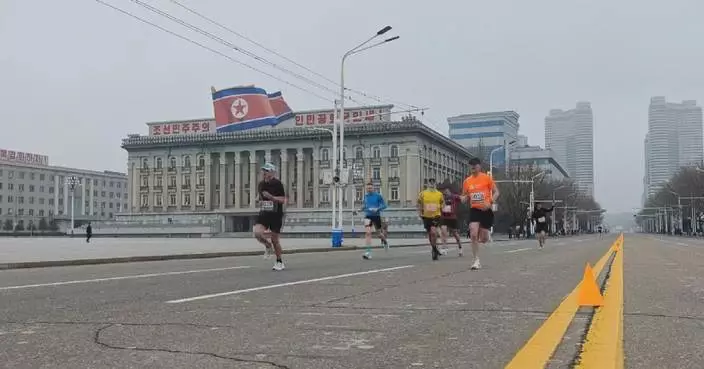Major city clusters in China recorded an above-national-average economic growth, according to the newly released data on the country's provincial economic growth in the first half of this year.
The three major economic engines of China, namely the Beijing-Tianjin-Hebei region, the Yangtze River Delta, and the Guangdong-Hong Kong-Macao Greater Bay Area, posted multiple increased economic indicators in the January-June period with growth rates above the national average.
The total value added of industrial enterprises above the designated size in six of the eight provinces included in the three economic engines grew at or above six percent, the national average.
"Strategic emerging industries and future-oriented industries in regions like Beijing-Tianjin-Hebei region, the Guangdong-Hong Kong-Macao Greater Bay Area, and the Yangtze River Delta have all posted noticeable growth and have become major pillars of local economy. City clusters in the middle reaches of the Yangtze River and the Chengdu-Chongqing economic zone have become important drivers of local high-quality development and the high-quality development of nearby regions," said Jia Ruoxiang, director of the Comprehensive Research Office of the Regional Development Strategy Research Center of China's National Development and Reform Commission.
In the first half of the year, the output of industries of integrated circuits, biomedicine, and artificial intelligence in Shanghai increased by 6.1 percent year on year. Value-added of Beijing's manufacturing industries of computer, communications and other electronic equipment grew by 20.1 percent. Output of Zhejiang's lithium-ion batteries, integrated circuits, and new energy vehicles jumped by 51.6 percent、25.4 percent and 27.9 percent, respectively.
Value of goods exported from Guangdong Province reached 2.85 trillion yuan (about 400 billion U.S. dollars) in the first half of the year, increasing by 12.1 percent year on year. In specific, the export value of integrated circuit rose by 26.3 percent.
Zhejiang Province exported a total of 1.9 trillion yuan (about 270 billion U.S. dollars) worth of goods, jumping 8.6 percent year over year. The export value of the province's cross-border e-commerce industry grew by 38.5 percent.
In the first six months of 2024, power generated by the Yangtze River Economic Belt and the eight provinces along the Yellow River represented over 60 percent of the national total. In particular, the power generated by solar and wind power in the two regions grew by 38.7 percent and 11.4 percent, respectively, and represented 72.4 percent and 66.2 percent of the national total.

Major city clusters in China logs above-national-average economic growth in H1


















































